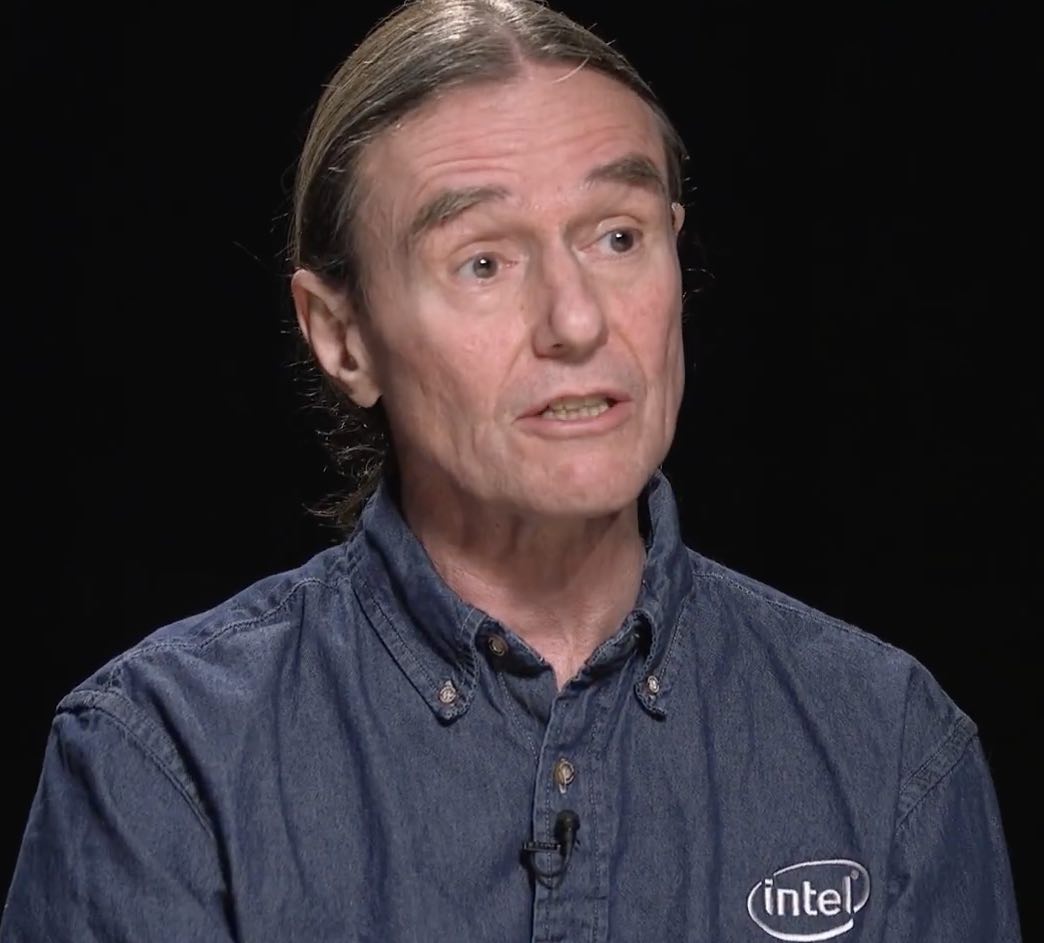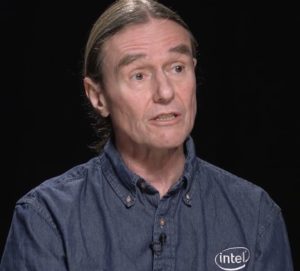As next-generation processors increase in capability, developers must be ready to make the best use of those hardware advancements. In this Webinar, hear Henry Gabb and Larry Meadows, Senior Principal Engineer in the Intel Data Center Group, discuss the evolution of the code modernization process, key considerations for optimizing code for the latest processors, and Intel’s tools for developers to make the development process easier.
Because modern processors can perform multiple operations from a single instruction, developers must consider vectorization and parallelization of applications to get the greatest benefit from the hardware. 20 years ago, Open Multi-Processing (OpenMP) helped unify syntaxes for compiler-directed threading. Today, however, the compiler itself can perform vectorization and threading with significantly less developer involvement.
In the modern coding process, developer roles often reside in one of two camps: Some focus their efforts on the domain-level perspective, and others specialize in low-level tuning to maximize code performance. Intel helps bridge the gap between these two worlds with several free tools to simply the overall code optimization process.
- Intel® Advisor evaluates code for elements that can benefit from supplemental optimization, then evaluate what degree of gain would result from vectorization and parallelization. The tools can then insert directives to execute the needed changes.
- Intel® VTune™ Amplifier, a profiling tool, evaluates how well the code makes use of available computational power and then provides insights into additional optimizations needed.
- Intel® Performance Libraries, like Intel® Threading Building Blocks (Intel® TBB) flow graph, raise the level of abstraction empowering developers to accomplish more with less hands-on programming. The libraries assist developers in describing the desired workflow, and the input and output needed, so the compiler and runtime can use that information to implement desired optimizations.
Watch the webinar now & learn more today >





